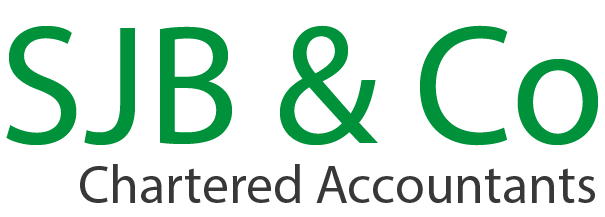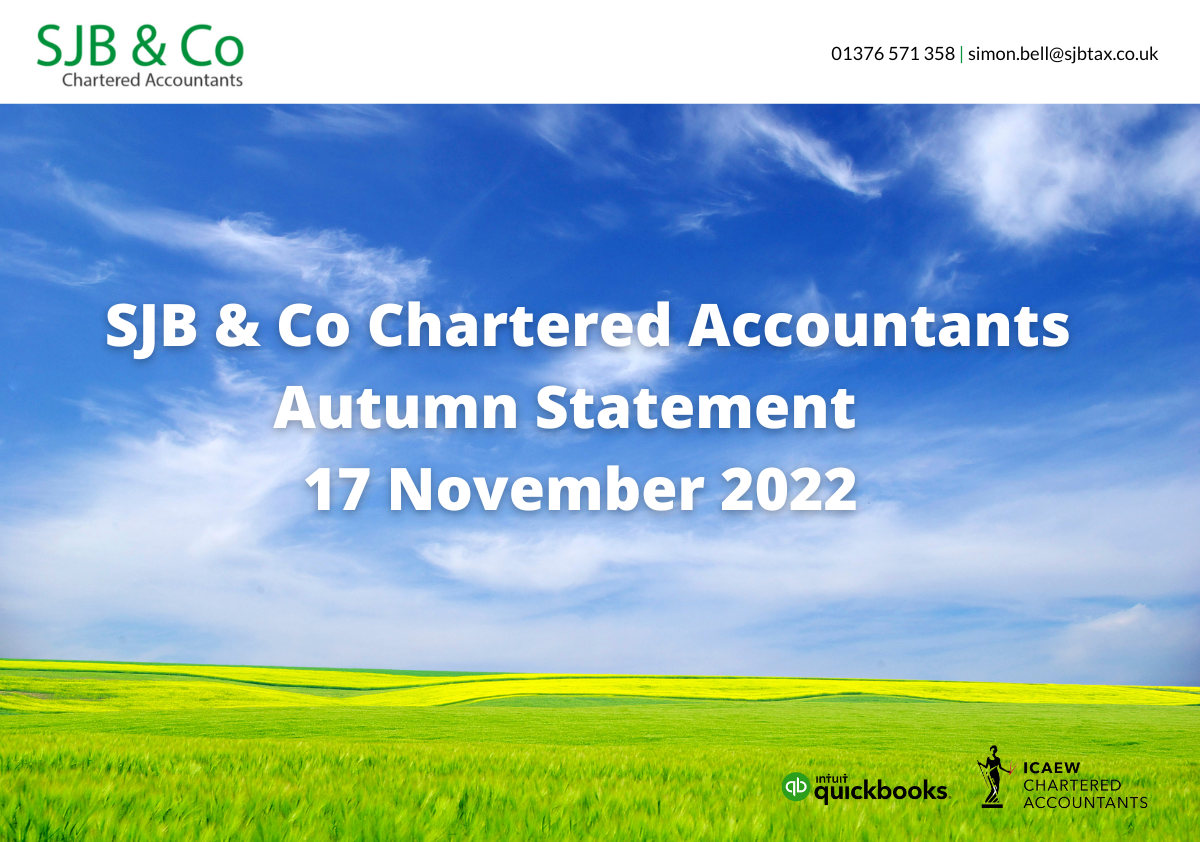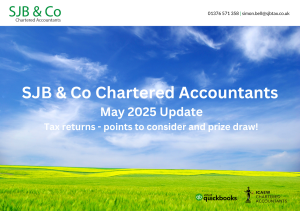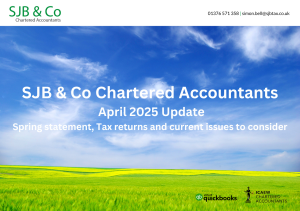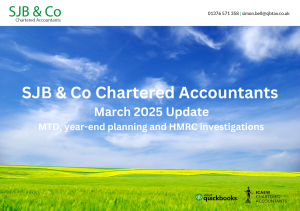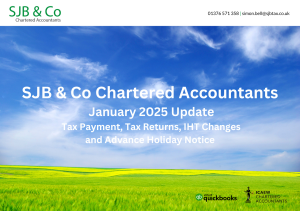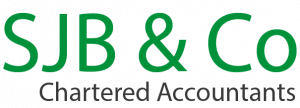The Chancellor, Jeremy Hunt, presented his first Autumn Statement against a challenging UK and global economic backdrop. He set out three priorities for the Government, namely stability, growth and public services, and outlined the steps to the achieve these, including a number of tax measures designed to contribute to repair of public finances.
Key dates
The personal allowance and basic rate band, previously frozen until 6 April 2026, will now remain at their current levels for a further two years until 6 April 2028. However, the additional rate threshold will fall to £125,140 from 6 April 2023.
The primary and secondary National Insurance thresholds are also frozen until 6 April 2028.
The capital gains tax annual exempt amount and dividend allowance will be reduced from 6 April 2023 and also further reduced from 6 April 2024 and 6 April 2025. The inheritance tax threshold, previously frozen at £325,000 until 6 April 2026, will remain at this level until 6 April 2028
This note explains the tax measures announced in the Autumn Statement.
Income tax
The Chancellor had hinted at eye watering tax rises’. In the event, these predominantly took the form of reductions to or further freezing of allowances and thresholds rather than increases in the rates of tax. Consequently, the basic rate of tax will remain at 20%, the higher rate at 40% and the additional rate at 45%.
The personal allowance had already been frozen at its current level of £12,570 until 6 April 2026. It will now remain at this level for a further two years until 6 April 2028. Likewise, the basic rate band will now remain at its current level of £37,700 until 6 April 2028 rather than 6 April 2026 as previously announced. Consequently, the level at which an individual with the standard personal allowance will start to pay higher rate tax remains at £50,270 until 6 April 2028.
Although the additional rate of tax is to remain in place at its current level of 45%, from 6 April 2023, the additional rate threshold will fall from £150,000 to £125,140. This is the point at which the personal allowance (which is reduced by £1 for every £2 by which adjusted net income exceeds £100,000) is fully abated. The reduction in the additional rate threshold will mean that anyone with taxable income in excess of £150,000 will pay an additional £1,243 in tax.
Although the income tax rates are unchanged, the freezing of the personal allowance and basic rate band and the reduction in the additional rate threshold will push more people into high tax bands as wages rise.
National Insurance contributions
The Class 1 National Insurance primary threshold was aligned with the personal allowance from 6 July 2022. The alignment will remain and, like the personal allowance, the National Insurance primary threshold will remain at £12,570 a year (£242 per week, £1,048 per month) until 6 April 2028. The secondary Class 1 threshold is also frozen at its current level (£175 per week, £758 per month, £9,100 per year) until 6 April 2028. However, the employment allowance will remain at £5,000.
Dividend allowance
The dividend tax rates were increased by 1.25% from 6 April 2022 as part of a package of measures to fund health and social care costs. Despite the cancellation of the planned Health and Social Care Levy and the reversal of the associated National Insurance increases, the dividend tax rate increases were not reversed and the dividend tax rates remain at 8.75% where dividends fall within the basic rate band, 33.75% where dividends fall within the higher rate band and at 39.35% where dividends fall within the additional rate band.
For those receiving income in the form of dividends, the Autumn Statement contained more bad news. The dividend allowance, currently set at £2,000, is to fall to £1,000 from 6 April 2023 and to £500 from 6 April 2024. This will affect you if you have a personal or family company and extract profits in the form of dividends, and also if you receive significant investment income in the form of dividends from shares.
These changes reinforce the benefit of making use of ISAs to shelter investment income from tax and avoid the need to complete a tax return for small amounts of dividend income.
Capital Gains Tax
There were no changes to the rates of capital gains tax; however, the amount of gains that an individual can realise before paying capital gains tax is to be seriously curtailed. The capital gains tax annual exempt amount is currently £12,300. The plan had been to freeze it at this level until 6 April 2026. However, instead it will be cut to £6,000 for 2023/24 and then further reduced to £3,000 from 6 April 2025.
If you plan to sell assets that will realise a gain, consideration should be given to the timing of the disposal to maximise the gain that will be sheltered by the annual exempt amount.
The reduction in the annual exemption means that more people will need to complete tax returns to report small gains and increase the benefit of using ISAs to shelter gains.
Inheritance tax
The inheritance tax nil rate will now remain at £325,000 for a further two years until 6 April 2028. The residence nil rate band will also remain frozen at £175,000 until 6 April 2028.
Corporation tax
The corporation tax rate changes previously announced will go ahead, meaning a company with profits of more than £250,000 will pay corporation tax at a rate of 25% from 1 April 2023. A small profits rate of 19% will apply to a company with profits of £50,000 or less. Between these limits, the company will pay an effective rate of between 19% and 25%.
VAT
The VAT registration threshold is to remain at its current level of £85,000 until 31 March 2026.
Businesses close to the threshold will need to monitor their turnover monthly to ensure that they can register for VAT as inflation / growth increases their turnover.
Electric cars
From 1 April 2025, electric cars will no longer be exempt from vehicle excise duty,
While tax rates for electric company cars will remain lower than those for petrol and diesel cars, as more than 50% of new cars are expected to be electric by 2025, the appropriate percentage for electric cars (currently 2%) will increase by 1% a year for three years from 2025.
Stamp Duty Land Tax
The increase in the residential and first-time buyer SDLT thresholds that took effect from 23 September 2022 will now come to an end on 31 March 2025.
R & D tax relief
To counter tax avoidance, reforms to the R & D tax relief for SMEs were announced. The deduction rate for the SME scheme is to be cut to 86% (from 130%) and the credit rate is to be reduced to 10% (from 14.5%). However, the separate R & D expenditure credit is to be increased from 13% to 20%.
Business rates
The revaluation of business properties from April 2023 will go ahead. However, transitional relief will be available for a three-year period to support businesses facing increased bills as a result of the revaluation.
National Living and Minimum Wages
The National Living Wage and National Minimum wage are increased by 9.7% from 1 April 2023. As a result, the National Living Wage for workers age 23 and above will rise to £10.42 per hour. From the same date, the National Minimum Wage for workers age 21 and 22, increases to £10.18 per hour, the rate for workers aged 18 to 20 increases to £7.49 per hour and the rate for workers aged 16 and 17 to £5.28 per hour. The apprentice rate is increased to £5.28 per hour and the accommodation offset, which applies where accommodation is provided, will rise to £9.10 per day.
These changes if enacted in their current form will increase the tax burden for individuals and businesses. Many of the changes come in to effect from April 2023 so we will be considering any actions required prior to the end of the tax year in February / March . Please call if you have any queries on the impact of the changes.
For more information or to discuss any issues raised above please contact Simon Bell by phone on 01376 571358 or email [email protected] .
Please feel free to forward this newsletter to any colleagues or friends who may be interested in it.
This newsletter is written in general terms and therefore cannot be relied on to cover specific situations; applications of the principles set out will depend on the particular circumstances involved and it is recommended that you take professional advice before acting or refraining from acting on any material in the newsletter.
